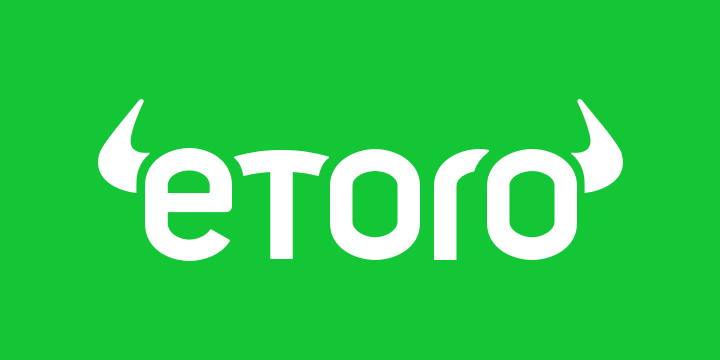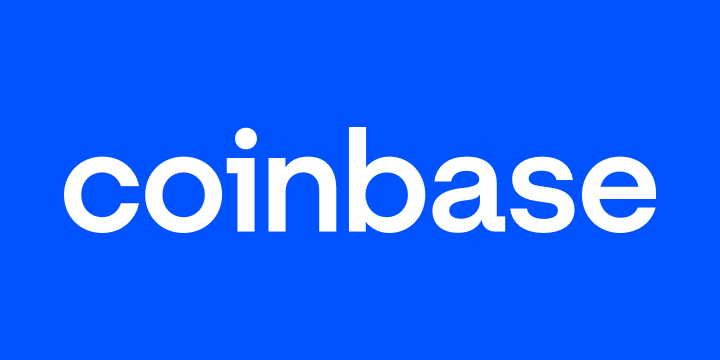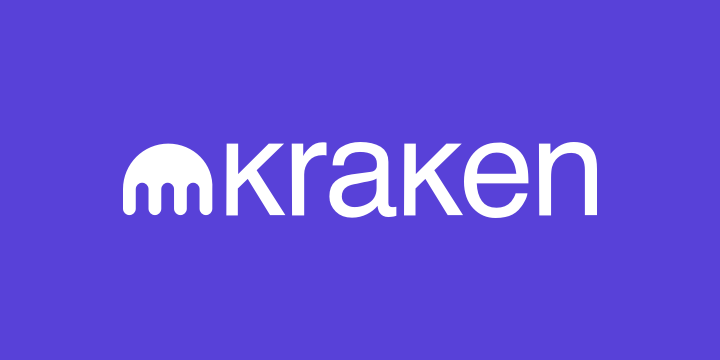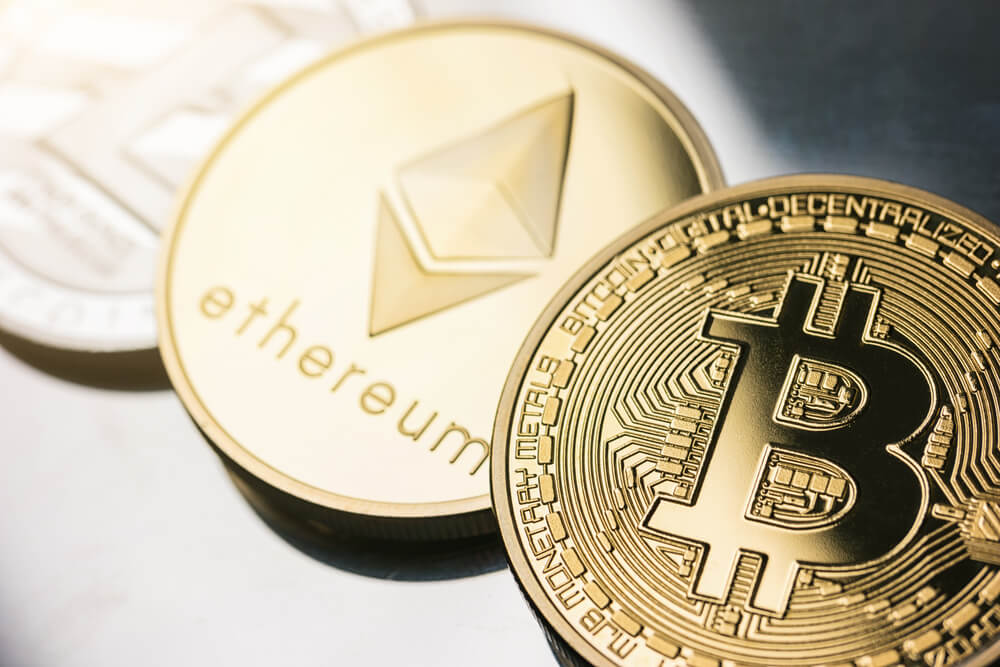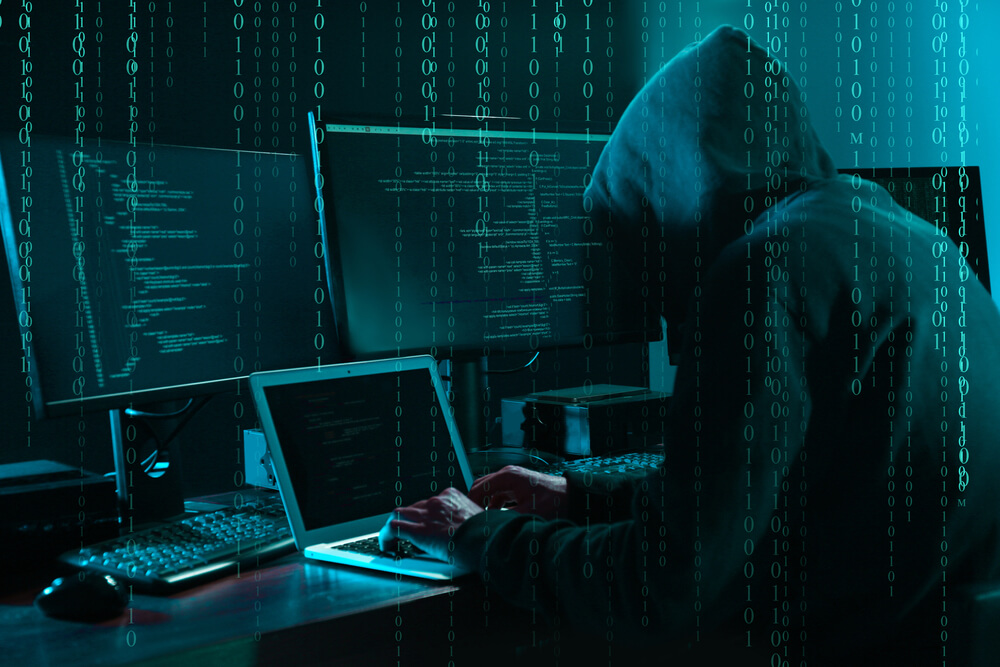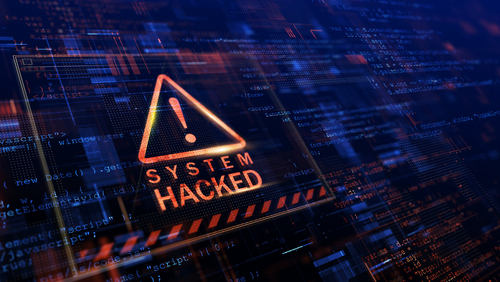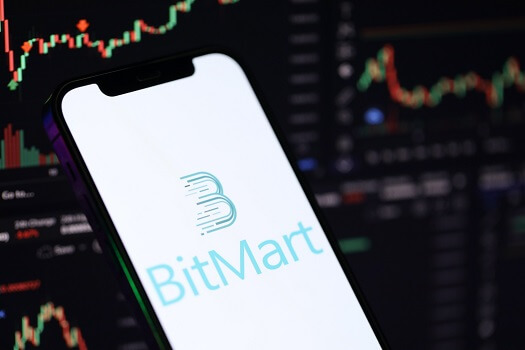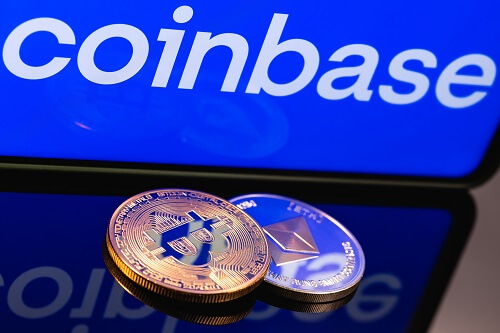Decentraland price USD
MANA/USD
Decentraland Advanced Real Time Data
Decentraland Price
One Decentraland is currently worth ... as of .... You can use our live market data to track the MANA/USD price in real time or analyse how it has performed in the past using our historical price data. If you are interested in owning some Decentraland, read our detailed guide on how to buy Decentraland.
What is MANA price today?
The price of MANA today is .... This price is ... in the last 24 hours. It has a 24 hour trading volume of ....
What is the total supply of MANA?
MANA has a circulating supply of ... and a total supply of ....
What is the price prediction for MANA?
Price predictions for MANA vary, depending on who you ask. There are both macro and micro-economic factors which influence the price of MANA.
For full guidance and analysis on the future price of MANA, read our MANA price prediction technical analysis.
Where can you buy MANA?
You can buy MANA on a crypto exchange. Here are our recommended options:
Learn more about Decentraland
Buy Decentraland
Buy Decentraland in Norway
Buy Decentraland in Qatar
Buy Decentraland in Singapore
Buy Decentraland in the Philippines
Buy MANA in Germany
Buy MANA in Spain
Decentraland
Decentraland Price Prediction
Price Statistics
Price ...
Percentage Change 1hr ...
24hr Low / High - / -
7d Low / High - / -
30d Low / High - / -
52w Low / High - / -
Market Rank ...
Market Cap ...
Circulating Supply ...
Maximum Supply ...
Total Supply ...
Alternative Cryptocurrencies
Read More About Decentraland
What is Decentraland?
Decentraland is a virtual reality platform that allows users to create, experience and monetise content and applications. It came about in 2017 after managing to raise $24 million in an initial coin offering (ICO), but it wasn’t until 2019 that it launched its beta version, before opening its doors to the public in February 2020. Since then, people have created a wide range of experiences on their parcels of LAND. Some of the things you can do on the protocol include playing interactive games, creating sprawling 3D scenes and various other interactive experiences.
The platform has two tokens: MANA and LAND. MANA is an ERC-20 token that has to be burned to acquire LAND, an ERC-721 non-fungible token. MANA tokens can be used to pay for various things on the platform, including avatars, wearables, names and many other things on the Decentraland marketplace.
It’s also used for governance purposes, with holders having a say in how things are run.
Ariel Meilich and Esteban Ordano are the brains behind the project. They created the platform to serve as a creative outlet for content creators, businesses and individuals.
For example, the Decentraland gameworld known as the “Metaverse” is divided into 90,601 parcels of land, each represented by an ERC-721 token. Interestingly, each LAND measures about 16m x 16m and can be found at a particular coordinate in the Metaverse. The LAND can be used to develop whatever you like, meaning players can lease, advertise and offer paid experiences to other players as a way to monetise their LAND.
A Brief History on the Price of Decentraland
MANA has been on the market for over half a decade. Its market price has had its ups and downs over the years, but it didn’t really have any major fluctuations until 2021. Below are some factors and key events that influenced the value of MANA.
Key News for Decentraland
Decentraland was launched in 2015 as a pixelated 2D grid. This period in the project’s development cycle was known as the “Stone Age”. Each phase of the project’s roadmap is labelled as a new age because they mark a key change in the project’s scope and capabilities.
The 2D world launched during the Stone Age was updated to a 3D-modeled world in March 2017, ushering in the Bronze Age. The next phase was the beta launch of the Iron Age in December 2017, which included the first land auction and added multiplayer support, live chat and avatars. Users could now buy real estate and use the world editor to create whatever they wanted. The final phase of the development cycle was the Silicon Age, which was reached in 2018 and turned the platform into a full-fledged 3D world with complete VR support.
Decentraland features two core types of tokens: LAND and MANA. LAND is a non-fungible digital plot that can be purchased in Decentraland. Each plot of LAND is 100 square meters (roughly 1,080 square feet) with no limit to height. There are approximately 90,600 units of LAND that are arranged in a grid with precise coordinates. LAND owners are free to do whatever they want with their plot, including creating businesses, games, applications, dynamic 3D scenes and more.
MANA is Decentraland’s main currency. It is an ERC-20 token that can be used to buy plots of LAND as well as pay for in-world goods and services. The total supply of MANA is capped at approximately 2.2 billion tokens, but the amount is shrinking as MANA is burned every time LAND is purchased.
LAND was first auctioned in exchange for MANA in what the developers called a terraform event held in December 2017. The event coincided with the beta launch of the platform, which marked the start of the Iron Age. Approximately 161 million MANA was spent during the auction, all of which was burned afterwards.
The value of MANA hovered between $0.01 and $0.2 for much of 2017 to 2020. In February 2020, Decentraland ended its beta phase and officially launched to the public. Only an estimated 24,000 people had access to the beta. Now anyone could log into Decentraland using a browser and create a free avatar with a generic username to traverse the virtual world.
The official launch included 15 games that introduce players to the platform and tradable NFTs. Players could win $100,000 worth of prizes in the form of MANA, NFTs from various projects, parcels of LAND, and even HTC smartphones as an incentive for playing.
Owning a unique name or LAND requires a monetary investment. During the launch, the cheapest LAND parcels were listed for 14,000 MANA, which was approximately $880 at that time. In 2021, the cheapest parcels are listed for at least 5,000 MANA, which is now worth more than $3,400. The price of names ranges anywhere from 10,000 MANA for “Jeffrey Epstein” to 1,000,000 MANA for “Amazon”.
The public launch also marked the start of true decentralisation for the project as the developers established a decentralised autonomous organisation (DAO) to hand over complete control of the world to Decentralanders. The DAO will make all decisions on what can and can’t be created on the platform and whatever other problems may arise. Anyone who stakes their MANA or owns LAND can both create and vote on proposals.
It wasn’t until 2021 when Decentraland truly picked up steam and the value of MANA reached new all-time highs. The substantial growth Decentraland experienced in 2025 is largely thanks to the growth of decentralised finance (DeFi), decentralised apps (dApps) and NFTs.
Decentraland Timeline
- August 2017
The Decentraland ICO raised $26 million worth of ether (ETH) in funding. 40% of the total supply of MANA was sold in the crowdsale. MANA is an ERC-20 token that can’t be mined. It is burned once it is used to buy LAND. (The price of MANA was $0.025 during the launch). - December 2017
Decentraland held its first LAND auction in a Terraform Event. LAND parcels were sold for as little as $20 or 1000 MANA. All LAND transactions are validated through Ethereum’s smart-contract layer. Any modifications made to a plot of LAND are stored in a smart contract and verified on Ethereum. (MANA price was $0.016 on 1st December). - January 2018
The value of MANA reaches $0.1 per token for the very first time. It went up to $0.25 before it experienced a downtrend. (MANA reaches $0.112 by 31st January). - 19th March 2018
Decentraland launches a marketplace where users can manage and exchange LAND, priced in MANA. The marketplace can be used to buy or sell LAND parcels and other in-game collectables. It also enables users to explore the map and see who owns what. (The price of MANA reaches $0.087). - 30th August 2018
Decentraland introduces LAND estates, which connect two or more parcels of land. This makes it easier for users who own multiple adjacent parcels of LAND to manage their assets. (MANA price is $0.08). - December 2018
Decentraland held its second LAND auction and partnered with Binance to allow LAND purchases with Binance Coin (BNB) for the auction. (MANA reaches $0.047 on 31st December). - 27th February 2019
Due to increased demand for a bidding system for LAND, the developers introduce marketplace bids to allow people to make offers on LAND located anywhere in Genesis City. (The price of MANA on that day was $0.042). - 8th July 2019
Avatars are introduced allowing users to create their own special look and claim a unique name on the blockchain. Claiming a name costs 100 MANA. (MANA price hits $0.051). - 23rd September 2019
The developers introduced custom asset packs, making it easier for users to design 3D assets using art software like Blender and add the files to their estates. (Price of MANA drops to $0.032). - 20th February 2020
Decentraland opened its doors to the public with its official launch. An estimated $100,000 in prizes was offered to early supporters as an incentive to join the platform. (MANA climbs to $0.057). - 21st July 2020
Global tech giant Samsung adds support for Decentraland’s native tokens, LAND and MANA, to its blockchain wallet app. (MANA price is $0.041). - 21st March 2021
Bitcoin billionaires Winklevoss twins purchase LAND on Decentraland and put up a sign saying “HODL”. (MANA hit a new high of $0.905). - 1st April 2021
Decentraland announces integration with Polygon as a scaling solution for payments and transactions conducted on the platform. The integration is meant to address the high gas fees and slow speeds plaguing Ethereum’s blockchain. (MANA climbs to $1.02). - 4th June 2021
Sotheby’s auction house opens a virtual gallery in the art district that is a replica of its real-world location in London. (MANA price climbs to $0.88). - 18th June 2021
New York-based investor Republic Realm pays the equivalent of $913,228 for 259 parcels of LAND. It reportedly plans to turn the LAND into a virtual shopping district. (MANA reaches $0.69).
Compare Decentraland with Fiat Currencies, Commodities and Crypto
Decentraland’s MANA has experienced a lot of growth over the last few years. For some perspective, let’s compare MANA’s market trajectory with other popular commodities.
Compare MANA with Ethereum
2021 was a very good year for Ethereum as interest in the project caused the value of ETH to rise to a new all-time high of nearly $4,900 in November 2021. According to the Wall Street Journal, more than 7 million new Ethereum wallet addresses were created during the first quarter of 2021, bringing the total number of ETH wallet addresses up to more than 55 million. Transactions totalled $1.5 trillion in the first quarter, which is more than the previous seven quarters combined.
The surge of interest in Ethereum seems to have rubbed off on Decentraland. As a project built on top of Ethereum, Decentraland also experienced a price surge as its market value rose to a new all-time high of $5.4 in November 2021.
Compare MANA with Oil
The price of crude oil took a tumble at the height of the pandemic to reach record lows as prices stagnated at around $40 below what most US producers needed to turn a profit. However, it quickly climbed back up again in December 2020 as several countries started to slowly open up and travel increased once more. It went back to pre-pandemic levels in 2021, but demand is still shaky as the global economy continues to recover.
MANA was comparatively stable in 2020 as its price hovered between $0.03 to $0.08 throughout the entirety of 2020. It wasn’t until the second quarter of 2021 that the price of MANA truly became volatile for the first time in its history.
Compare MANA with Gold
Gold has successfully preserved wealth through thousands of generations. It is one of the best hedging instruments against inflation. Gold traditionally does well in times of economic or political uncertainty, and the COVID-19 pandemic was no exception.
Unlike MANA, which was relatively stable in 2020, the price of gold and other precious metals rose an estimated 13% higher in 2020 relative to the previous year. According to the World Bank, Gold reached an all-time high of $1,902 per troy ounce on 24th July 2020. As the global economy recovers from the effects of the pandemic, investors expect the price of gold will slowly decline from 2021 onwards.
Decentraland Future Price Predictions
There is no way to tell with absolute certainty what direction the price of Decentraland will trend in the future, but there are several fundamental and technical analysis indicators that can point in a probable direction. Below we take a look at predictions for 2021 and beyond.
Decentraland Price Predictions for 2025
2021 was without a doubt the best year to date for MANA and Decentraland in terms of market value. According to Coingecko.com, MANA managed to reach a new all-time high of $5.4 in November 2021. While it failed to maintain that uptrend, it is still more valuable now than ever.
The price of MANA has been extremely volatile in 2021, fluctuating from a bullish uptrend, then consolidating and correcting. If the uptrend continues to the end of 2021, then $1 may become MANA’s new support level. Investors should trade wisely and resist being influenced by the market hype.
If the bullish trend MANA is experiencing in 2025 continues into the next year, then it could potentially cross the $9 threshold by the end of 2025. That is quite an optimistic price prediction, but it is not implausible given the level of growth and activity Decentraland has experienced since 2020.
Decentraland has proven itself as a platform that not only works but also makes a lot of money. It is more than just a virtual world where users can own and develop digital real estate. Digital assets like NFTs can also be developed, traded, and collected within the world. There’s even a game called Ethermon that lets users collect, train, and battle unique digital monsters just like a certain popular media franchise from Japan.
The bottom line is that there are a lot of incentives for the community to continue to grow and for users to create profitable businesses on the platform. That growth may in turn translate to market gains for both MANA and LAND.
Beyond 2025 for Decentraland
It’s hard to say where Decentraland will go in 2025 and beyond. Decentraland was the first decentralised VR platform, and unlike other platforms that have been around longer, it isn’t controlled by a single entity. Decentraland guarantees full control and ownership of land to users. Its extensive library of games, apps, and collectables already rivals the libraries of centralised VR platforms like Oculus, Steam VR and Playstation VR.
Decentraland is banking on the rising popularity of VR to help fuel its growth. According to some analysts, the VR market is projected to grow from $6.1 billion in 2020 to $20.9 billion by 2025. Decentraland is in a unique position to take advantage of that growth as the world’s first decentralised VR platform.
The continued expansion and growth of Decentraland is a boon for both LAND and MANA. Since LAND and MANA are both finite resources, their value is guaranteed to continue to go up as demand increases. This built-in scarcity is by design—as long as Decentraland remains a market leader, MANA’s value will continue to increase and could one day potentially reach $10 or even more.
Decentraland Price Conclusion
To summarise, Decentraland is a VR platform powered by Ethereum where users can buy and own LAND. Users can use their LAND to build applications, create content and monetise their creations. LAND and MANA are scarce resources, so most veteran investors believe that their value will continue to go up as Decentraland becomes more popular.
Decentraland taps into the imagination of gamers and entrepreneurs from all over the world. It allows users to create whatever they want with the real estate they own just like in “alternative life” games like Second Life, Minecraft and VRChat.
Decentraland is in a unique position to tap into the growing popularity of AR/VR games as the largest 3D world built on the blockchain. As it continues to get adopted, we may end up seeing an entirely new ecosystem of businesses and experiences grow out of what was once a simple 2D world. It’s definitely a project worth investing in.
